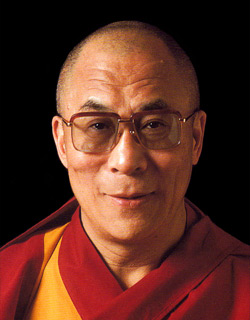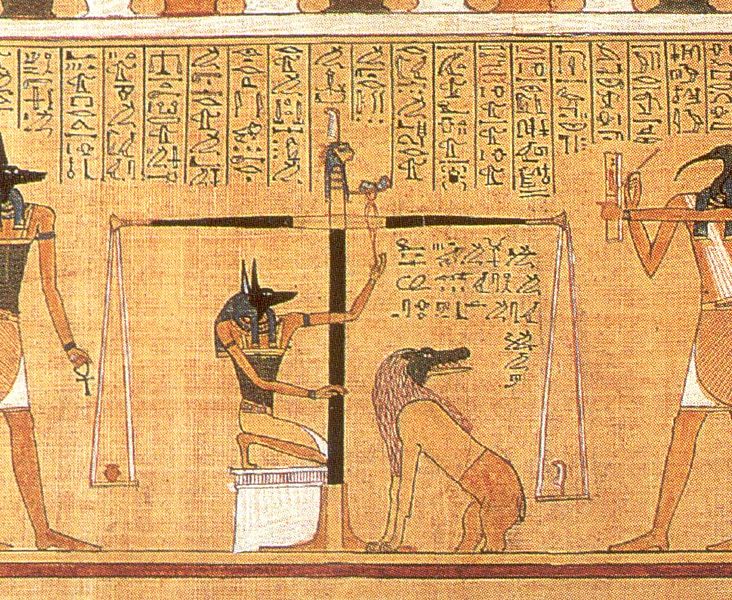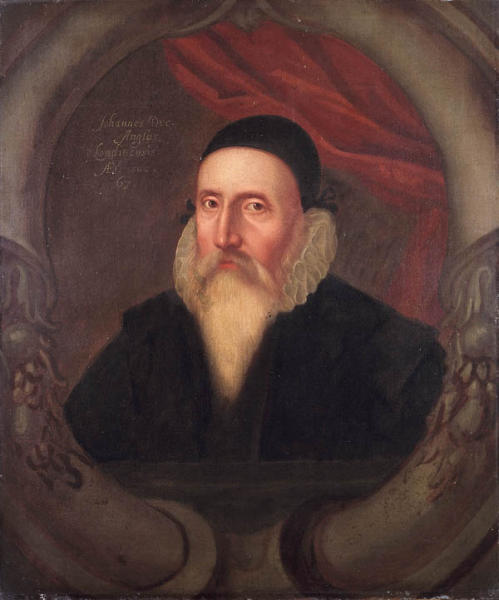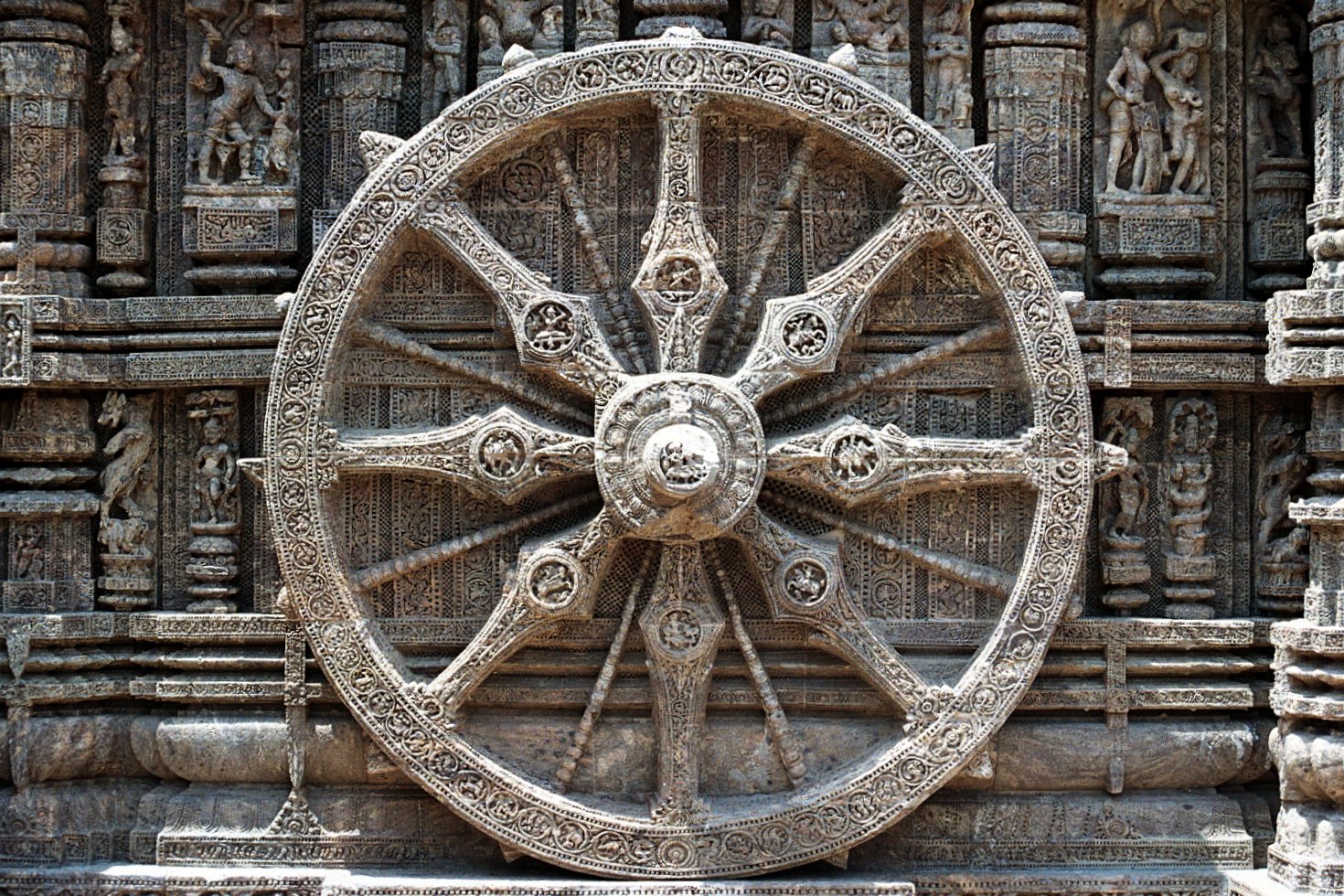D
| Death |
| Dee, John |
| Dharma |

The 14th Dalai Lama, Tenzin Gyatso, is the spiritual and political leader of the Tibetan people. He was awarded the Nobel Peace Prize in 1989 and has travelled extensively around the world offering the message of Tibetan Buddhism.
The Dalai Lama was born in the small Tibetan village of Takster in Northern Tibet. He was born on 6 July 1935, to a farming family, in a small hamlet located in Taktser, Amdo, northeastern Tibet. His original name being Tenzin Gyatso. At the age of 2 Tenzin was recognized as the reincarnation of his predecessor, the 13th Dalai Lama. The Dalai Lama was enthroned at the age of five, in Llasa, the capital of Tibet. He was educated from the age of six and, at twenty-five years of age, received the Geshe Lharampa Degree – a Doctorate of Buddhist Philosophy.
The Dalai Lama means Ocean of Wisdom. Lama also means "Guru" or teacher. The Dalai Lama's are believed to be reincarnations of Avalokiteshvara or Chenrezig, the Bodhisattva of compassion. These are beings who choose to reincarnate to serve humanity. As the Dalai Lama says himself.
“Love and compassion are necessities, not luxuries. Without them humanity cannot survive”. – Dalai Lama
Despite being a man of peace the Dalai Lama has had to face the consequences of the Chinese occupation of Tibet. In 1950 the Chinese army entered into Tibet and began to degenerate the Tibetan culture and religion. Despite many attempted negotiations and non-violent protests the Dalai Lama was finally forced into exile in 1959. With many followers the Dalai Lama fled to Dharamsala in India. Since 1960 the Dalai Lama has maintained a Tibetan government in exile from this base in Dharamsala. Despite the turbulent and difficult times the Dalai Lama has lived through he has sought to maintain a spiritual outlook and learn to deal with life's challenges, even his "enemies"
The Dalai Lama has sought to preserve parts of the Tibetan culture through educational and cultural institutions. He has also sought to raise awareness of the plight of Tibet to the wider world.
The Dalai Lama has travelled extensively in the West meeting with many religious and political leaders. The Dalai Lama has said that there is a need for a variety of faiths and religions so that it can suit the different temperaments of people. He advises people to think very carefully before changing their religion. He has often said there is an underlying unity between the different world religions.
In 1989 the Dalai Lama was awarded the Nobel Peace Prize. The Nobel citation read:
"The Committee wants to emphasize the fact that the Dalai Lama in his struggle for the liberation of Tibet consistently has opposed the use of violence. He has instead advocated peaceful solutions based upon tolerance and mutual respect in order to preserve the historical and cultural heritage of his people."
The Dalai Lama himself has often described himself as being a simple Tibetan Monk. He rises at 4am to meditate and prayer. The Dalai Lama has also written many books on Buddhism and ways to inner peace.
![]()

Death is the permanent cessation of all biological functions that sustain a living organism. In human societies, the nature of death has for millennia been a concern of the world's religious traditions and of philosophical inquiry. This may include a belief in some kind of resurrection, reincarnation, or that consciousness permanently ceases to exist. Indeed, death is a grand mystery. Throughout time, every major religion, philosophy, and spiritual train of thought has sought to explain this mystery.
Love makes up poets and the approach of death should make us philosophers. - George Santayana
There is no death! What seems to be cessation is only transition; the soul withdraws from the physical organism and continues to exist as an organized entity of spirit, mind and spirit-body. The external form mingles again with the elements of earth nevermore to be reclaimed; but the spirit is clothed in its spiritual body, which has senses and faculties corresponding to all of the physical ones.
The process of death is occultly as follows:
(1) The first stage is the withdrawal of the life force in the etheric vehicle, from the dense physical body.
(2) The second stage is the withdrawal of the life force from the etheric body.
(3) The third stage is the withdrawal of the life force from the emotional form.
(4) The final stage fro the human being is its withdrawal from the mental vehicle. The life force after this fourfold abstraction, are centralized entirely in the soul. – Ponder on This.
The rishi and initiates of the highest order, who come down from the region of deathlessness and are ever in tune with the Infinite, know the shadowy character of death. They teach us that death is not what it seems. It is a joyous birth (born again) into a life more beatific than we ever dreamed of here. It is just as sun sets on this side of the globe and rises in the other part. They point out and demonstrate to us the way to conquer the seemingly invincible and terrifying death and thus become fear-free. This is the grand lesson that we can get from the wise men. They assure us that we do not die - we simply shake off physical vesture of body to work in other bodies: physical or astral or causal; and ultimately rise to realize our divine nature and see oneness in God - the All-consciousness and bliss.
Mortals are immortals and immortals are mortals, the one living the others' death and dying the others' life. –Heraclitus
So, let us consider death. If all that we know of death is that he who was visibly present in the body is now no longer visible and that we now have no means of communication with him, does this mean that death is extinction? To believe that a man is extinct because he is out of sight is to say two things; that his existence depends on our seeing him; and that his existence depends on bodily form, its continuity and coherence. Neither one of these premises will stand one moment's direct perception. On that basis, every single thing that passes beyond our angle of vision or that we cease to look at, is dead. Dissolve a lump of sugar in a cup of coffee, and inside of a few seconds the sugar has disappeared - to all appearances the sugar is "dead." But taste the coffee before putting in the sugar and then taste it afterwards, and its presence is evident to the sense of taste. Then evaporate the coffee, and the sugar reappears in its integrity - again evident to the sense of sight. This brings us to perceive that the only reality of anything to us is in our consciousness of it, and in nothing else. So that actually the real anguish we feel when a loved one is taken from us by death is caused by the fact that we associate invisibility with annihilation. Yet, in reality, his existence for us is only transformed from regions physical and corporeal to regions metaphysical and formless.
Ananda and all of you should know that living beings, since time without beginning, have been subject continuously to birth and death bexcause they do not know the permanent True Mind whose substance is, by nature, pure and bright. – Surangama Sutra.
Gnani purusha. A Gnani Purusha is someone who remains separate from his body and every event related to the body, separate from birth, and separate from death. He constantly remains the ‘knower and observer’ of his body. He experiences the eternal state of the Self, free from the bondage of birth and death. Gnani Purusha, through His Gnana, sees it all as it is, and candidly tells us about the mystery of life and death, death and life and freedom from both. The Soul is eternal. It is beyond birth and death. It is Absolute Knowledge. The Self is the absolute knower and observer. The Soul has no birth or death. Despite this, through his intellect, man perceives and experiences the cycle of birth and death.
![]()

John Dee was English mathematician and astronomer, occultist and a famous Rosicrucian (1527-1608). He was educated in St. John’s College, Cambridge, receiving his M.A. 1548. He studied for two years at Louvain and Rheims, then went to Paris where lectured on mathematics. Returning to England was employed as tutor to Edward VI, most likely in mathematics, and received a state pension which would enable him to pursue his unique studies without too many financial worries and which by then included such widely ranging topics as navigation, optics, mathematics, and philosophy, as well as alchemy, astrology, divination, and Hermetic philosophy. Since his Cambridge days he had been suspected of practicing magic and shortly after accession of Mary I, he was imprisoned on a charge of using enchantment against her life, but was released, 1555. Dee enjoyed the favor of Elizabeth I and was consulted by he as to a propitious day for her coronation. He gave the Queen lessons in the mystical interpretation of his writings and was sent abroad in 1578 to consult with German physicians and astrologers on the nature of her illness.
An advocate of the Gregorian calendar, Dee made in 1583 preparatory calculations for its possible adoption in England. Dee did much for the development of mathematical studies in England, as may be seen from his “Mathematical Praeface” to Billinsley’s version of the Elements of Geometrie of the most Ancient Philosopher Euclide of Megara (1570) in which the fifteen books are translated for the first time in English. Other works by Dee are Monas Hieroglyphica and The Rosicrucian Secrets.
John Dee was intensely interested in all aspects of magic and alchemy. To this end he often worked with people termed ‘scryers’ - or those who can use their powers of mediumship to communicate with spiritual entities or intelligences. It was in 1581 that began his collaboration with a man called Edward Kelly, who professed to have discovered the philosopher’s stone and to be able to communicate with spirits. These communications were received by scrying in a certain crystal and there is little doubt that Kelly himself was a very unusual psychic. Dee and Kelly, spent the years 1583-1589 in Poland and Bohemia under the patronage of albert Laski, palatine of Siradez, engaged in crystal gazing and magic.
Dee returned to England in 1589 and was helped over his financial difficulties by the Queen and his friends. During this time, Dee devoted himself to his chosen studies, which included crystallomancy, astrology, alchemy, Talmudic mysteries, and rosicrucian theories. A deeply philosophical seeker, he endeavored to penetrate the mysteries of the elixir of life and the Philosopher's Stone. Living in solitude, and totally immersed in his mystical pursuits, Dee experienced visions that he believed revealed to him higher realities. In 1595 he became Warden of Manchester College serving until 1604, when he went back to Mortlake and died there in great poverty.
![]()

From Sanskrit root dhri, “to sustain; carry, hold.” Hence dharma is “that which contains or upholds the cosmos.” Dharma, is a complex and all-inclusive term with many meanings, including: divine law, duty, justice, goodness and truth. Essentially, dharma is the orderly fulfilment of an inherent nature. Relating to the soul, it is the mode of conduct most conducive to spiritual advancement, the right and righteous path. There are four principal kinds of dharma, as follows.
1) Rita: Universal law (rita); the inherent order of the cosmos; the laws of being and nature that contain and govern all forms, functions and processes, from galaxy clusters to the power of mental thought and perception.
2) Varna dharma (law of one’s kind); social duty. Varna can mean “race, tribe, social standing, etc. Varna dharma defines the individual’s obligations and responsibilities within the nation, society, class, occupational subgroup and family.
3) Ashrama dharma: Duties of life’s stages (ashrama dharma); human or developmental dharma; the natural process of maturing from childhood to old age through fulfillment of the duties of each of the four stages of life: Student (brahmacari), householder (grihastha), elder advisor (vanaprastha) and Hermit (sannyasa).
4) Svadharma (personal path). Svadharma is determined by the sum of past karmas and the cumulative effect of the other three dharmas. It is the individualized application of dharma, dependent on personal karma, reflected on one’s race, community, physical characteristics, health, intelligence, skills and aptitudes, desires and tendencies, religion, sampradaya, family and guru.
Atma dharma is inherence in the Self. There will be no distraction and no fear. Troubles arise only when there is a second to oneself. If the Atman be realized to be only unitary, there is no second and therefore no cause of fear. The man aw he is now confounds the anatma (non-Self) dharma with atma (the Self) dharma and suffers. Let him know the Self and abide in it. –Talks with sri Ramana Maharshi p. 64.
The Hindu name for their own tradition is the Sanatana-Dharma, which can be translated as ‘The Ageless Wisdom’ or ‘The Eternal Teachings’. So in both Hinduism and Buddhism, one meaning of the term Dharma (often capitalized) is ‘The Teachings’ or ‘The True Way’. So sometimes when we use the term Dharma, especially when phrased ‘the Dharma’, it means the teachings of the Ageless or Primordial Wisdom Tradition. All authentic spiritual teachings are manifestations of ‘the Dharma’, although some may be more profound or complete than others, while none begin to exhaust vast richness of the Dharma.
With Buddhists the term dharma has many connotations. In its wide sense, it covers the teachings of the Buddha including the doctrine and its practice, that is righteousness. The Buddha says that when the aspirant knows the supreme dharma, he can cross the flood. So dharma is often compared to a raft. The ultimate goal of the practice of dharma is nirvāṇa. The Buddha says "Just as the great ocean has one flavour, the flavour of salt, even so, monks, this dharma has one flavour, the flavour of nirvāṇa".
The Zen practice of Dharma consists in putting a stop to the flow of thoughts first so to disentagle the mind from sense organs, sense data and consciousness to its normal state and operate in the normal way without hindrance. – Tung Chia, Song of enlightenment.
The Buddha has also described the types of individuals who adhere to his dhamma. He says the one realising the path of stream winning, the one realising the path of once return, the one realising the path of non return, the one realising the path of perfection, The dhamma of the Buddha does not discriminate the followers on the basis of castes. Members of different castes become simply recluses when they enter the dharma. The Buddha says, "O monks, as those great rivers on reaching the great ocean lose their former names and identities and are reckoned simply as the great ocean, even so, monks, members of these four castes - warriors, brahmins, merchants, and workers - having gone forth from home into homelessness in the dharma and discipline proclaimed by the truth-finder, lose their former names and clans and are reckoned simply as recluses." The training in dharma is a gradual one like the great ocean that deepens gradually, slopes gradually, shelves gradually. It should be so because the dhamma penetrated by him is deep, difficult to see, difficult to understand, peaceful, excellent, beyond dialectic, subtle, intelligible to the wise. It brings happiness.
![]()
